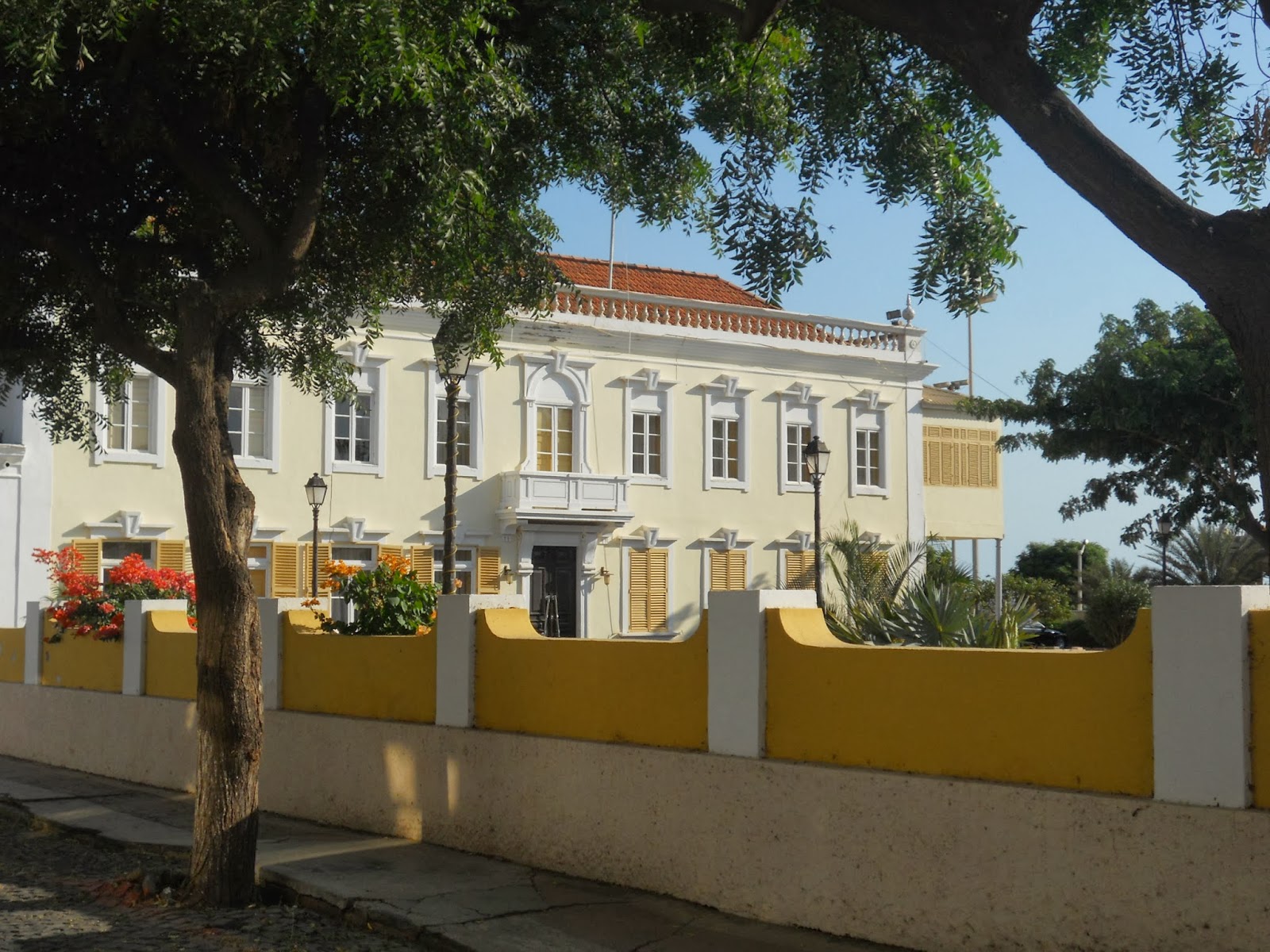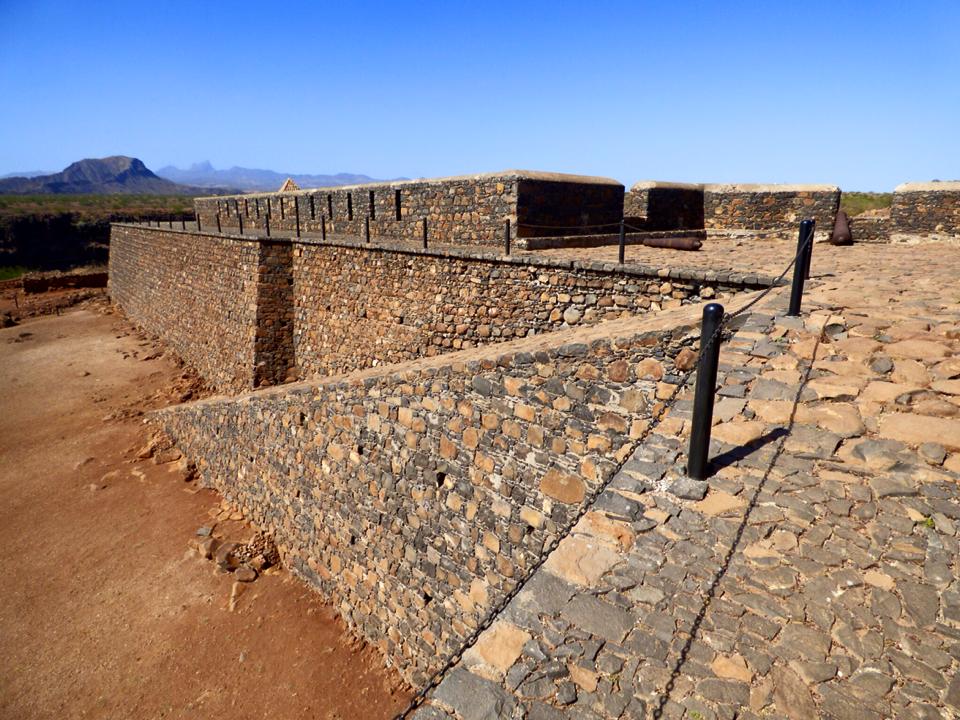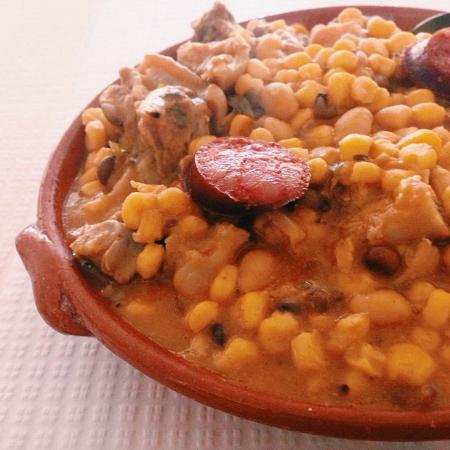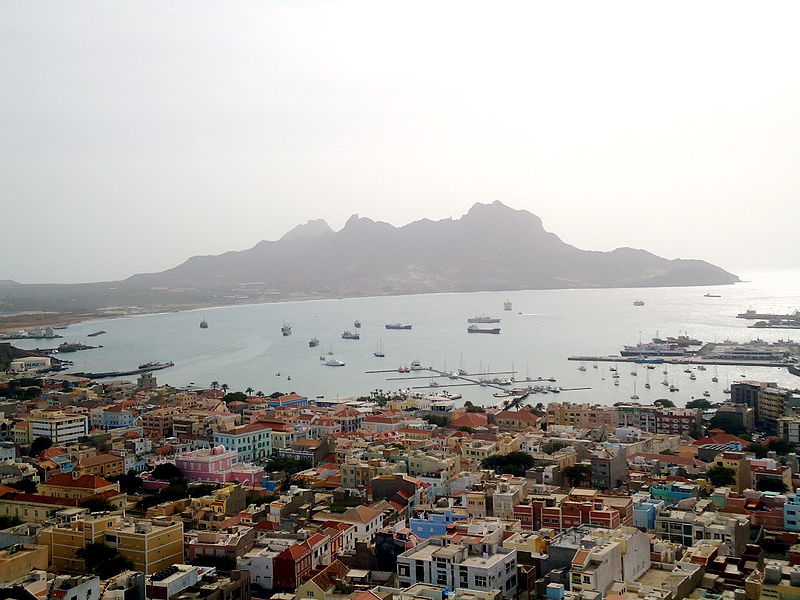
Cape Verde
Northwest of Africa, lies the group of islands known as Cape Verde. It’s a typical tropical island, with mountains, sandy beaches with sugarcane fields scattered around the island. Villages of long on the beaches of Cape Verde are sure to welcome you warmly to their homeland.

http://grade6ims.pbworks.com/w/page/64054992/Kyle%20Hannibal – Image 01 (Traditional wear)
The main island Santiago, was uninhabited until the 14th century until the Portuguese had docked their ships here. They had converted it into a slave trade post between Europe, America and Africa. Many African slaves had stayed back in Santiago and thus a blended nation grew. Due to the heavily influenced nation, locals wear mostly western wear. Women do occasionally wear bombas (Portuguese-like dress) and pánu di téra (which is a blue cloth tied around the waist).

http://culturaciliar.blogspot.co.za/2013/12/cabo-verde-ilha-de-santiago-1.html – Image 02 (Palácio Presidencial)
Cape Verde consists of ten islands, with the capital Praia on the largest island Santiago. Most of the Cape Verdean population occupies Santiago. Praia is the heartbeat of Cape Verde. One of the cities famous landmarks is the Palácio Presidencial. A colonial era built palace built at the end of the 19th century. It remained in the position of the Portuguese government until 1975, before the country had gained independence. In recent years, it has been restored and although the tourist kiosk was removed, it is still available to travellers to visit and walk through the elaborate gardens.

http://travel2unlimited.com/caboverde23/ – Image 03 (Fortaleza Real de São Filipe)
While you spend, your days exploring Santiago, you should visit the Cidadela or as locals know it as the harder to pronounce, Fortaleza Real de São Felipe. Cidadela is an abandoned fort that in its day acted as the city’s defence. It is such a revered landmark that even appears on an escudo bank note. Nestled with mountains and overlooking the city, it offers a breath-taking view.

https://www.tripadvisor.com/LocationPhotoDirectLink-g189180-d8177867-i145805166-KALUTITA_Restaurante_Bar-Porto_Porto_District_Northern_Portugal.html – Image 04 (Cachupa)
Due to its European influences, corn is quite popular with Cape Verdeans. But goes back to its African roots with a warm stew of mashed grains, bananas and vegetables called cachupa. Portuguese influence runs through the many seafood dishes found in Cape Verde such as a caldo de peixe (fish soup). It’s recommended that tourists try the shabbily looking restaurants as they serve authentic Cape Verdean food and have a certain quaintness in the air about them.

https://za.pinterest.com/pin/328622104031102498/ – Image 05 (Mount Verde)
Leaving Santiago, the next island that you should visit is Sao Vincente purely for a backpacking African adventure. The Island holds the Mount Verde mountain, Madeiral and Fateixa ranges too. Adding a hike to your Mindelo trip is recommended. Mount Verde lies in the natural park on the island and is easily accessible from Mindelo with many guides offering their services.
Cabo Verde fondly referred to by locals is paradise. It has valleys of greenery, untouched waters and music that brings the islands together. Cultural infusion makes it a justly unique country of Africa.
